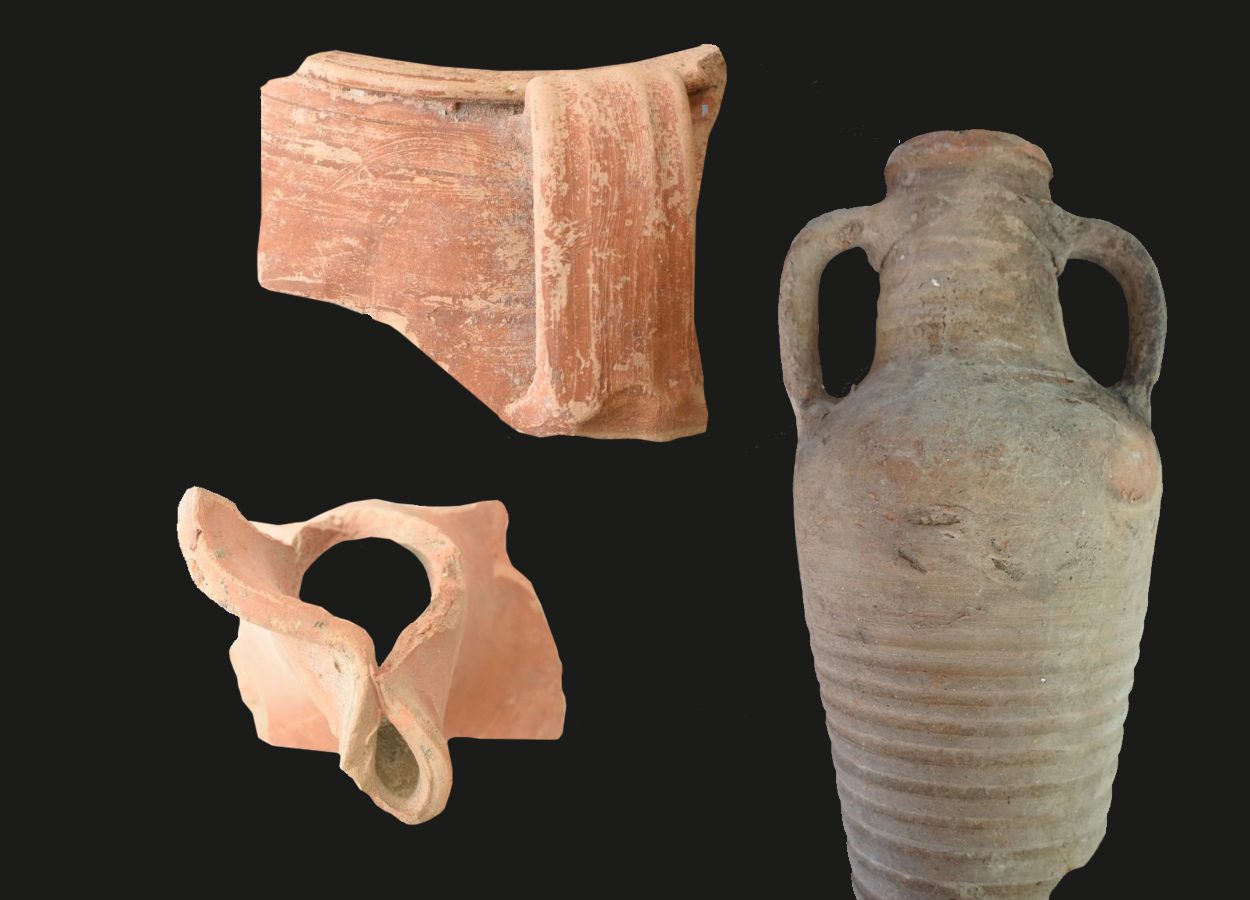Archaeologists excavating in the Novae legion camp located near the modern town of Svishtov in Bulgaria, have discovered various Roman cookware in the “house of the centurion”.
Novae was one of the legionary fortresses that formed the limes Moesiae along the Danube in northern Bulgaria. The fortress served as a base for campaigns against Barbarian tribes during Trajan’s Dacian Wars, and the Maurice’s Balkan campaigns.
Excavations were conducted by the University of Warsaw where the researchers focused on the so-called Centurion House. The structure was the villa of a high-status military officer or Roman official, containing a spacious courtyard with a pool, porticos, a bath complex, and numerous rooms heated by a 40m long hypocaust system.
Within the structure archaeologists discovered a dozen or so cookware, consisting of pots with and without lids, bowls of various sizes, ceramic mugs, and a type of roasting pan possibly used for baking bread.
Prof. Piotr Dyczek said: “The set is unique – Not only is it made of excellent clay, but it also presents a full set of used forms, indirectly giving us an insight into the culinary tastes of the occupants”.
The cookware was used for the preparation and storage of food, where at the time, dishes were both stewed, boiled, and baked. Dyczek added: “The size of the cookware proves that food was prepared for a small group of people – probably a centurion and his deputies, or for guests.”
The researchers will conduct an analysis using scientific methods on the cookware, where they hope to determine the type of dishes that was served in the Centurion House. Interestingly, the researchers found oyster shells in situ nearby that is probably the remains of an ancient feast.
Archaeologists also discovered a toilet, indicated by a hole in the ground that was once covered with boards. The researchers emphasise the importance of the find as very few examples survive in similar structures across the Roman Empire.
Header Image Credit : Janusz Recław







